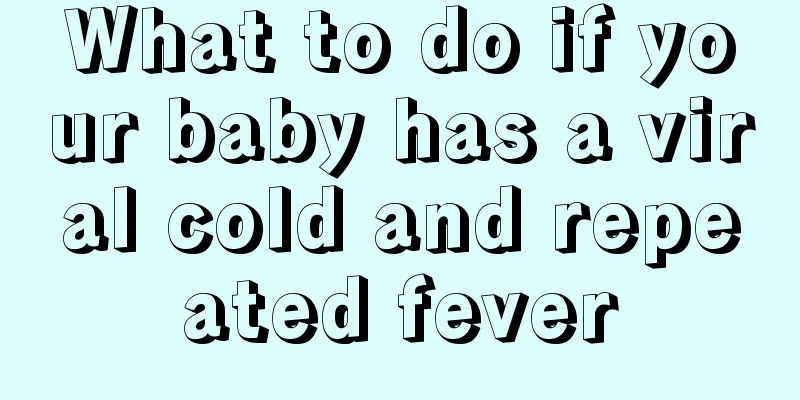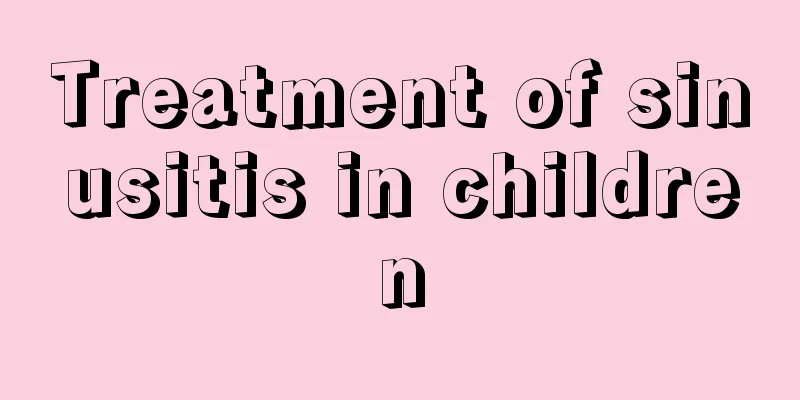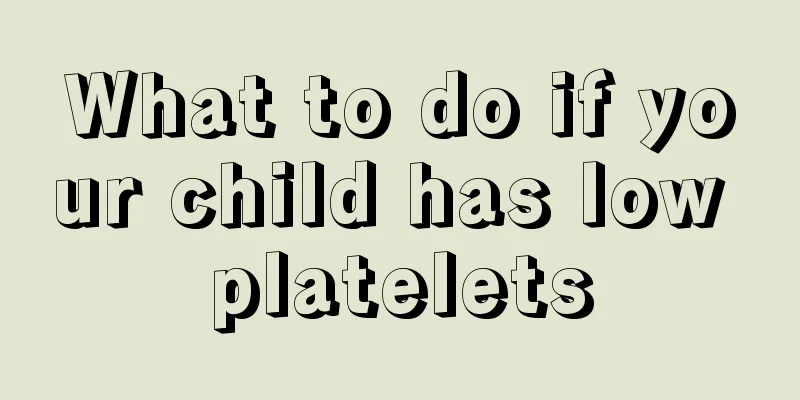What should I do if my child has rheumatism?

|
Rheumatism is a relatively common disease. The pain is unbearable for ordinary people, and rheumatism can also occur in adults. But some children suffer from rheumatism. What can we do? When rheumatism strikes, the pain is unbearable. Parents cannot bear to see such a young child suffer. So, what should we do if children have rheumatism? Let’s find out through the following content! 1. Drug treatment Rheumatism often invades the joints, muscles, bones and soft tissues, and symptoms such as pain, swelling, joint dysfunction and fever are more prominent. Antipyretic, analgesic and anti-inflammatory, and relieving symptoms are the primary goals of treating this group of diseases. Therefore, non-steroidal anti-inflammatory drugs are often used, such as Voltaren, Mobic, Lesong, Tianxinlide, Celebrex, Vanlo, etc. In addition, new non-steroidal anti-inflammatory drugs have good effects and high efficacy, which significantly reduce side effects. 2. Etiology and Treatment In addition to symptomatic treatment to relieve symptoms, the treatment of rheumatic diseases also requires etiological treatment. Autoimmune disorders require immune regulation, such as the use of corticosteroids and immunosuppressants. Immunosuppressive therapy has made great progress, and new drugs are constantly being discovered and used in clinical practice, such as Xiaoxi, Enova, and Pavlin. New therapies are constantly being discovered, such as the combined treatment of mild systemic lupus erythematosus with small doses of prednisone, chloroquine, and MTX, which can significantly reduce side effects; rheumatoid arthritis uses combination therapy, combination therapy of first-line and second-line drugs, and combination therapy between second-line drugs. 3. Arthroscopic Treatment Arthroscopic treatment can also be used for joint diseases, which greatly improves the efficacy, changes the prognosis of the disease, significantly reduces the disability rate, and improves the quality of life of patients. With the deepening of research on the pathogenesis of rheumatism, radical cures for rheumatism, such as stem cell transplantation, are undergoing clinical trials. There is reason to believe that rheumatism can be cured in the near future. Through the introduction above, I believe you already know what to do if your child has rheumatism! Juvenile rheumatoid arthritis is a common and frequent rheumatic disease in children. Although it is easy to treat, it is still likely to relapse. Parents should also pay more attention in their daily lives, be careful and cautious when taking care of their children, and let their children exercise more. |
<<: How to protect children's voice during voice change
>>: What should I do if my child has a runny nose when using the air conditioner?
Recommend
What should children eat for low blood sugar?
Children with hypoglycemia are often thinner, and...
Child has headache and nausea
If children often have headaches when they are yo...
Massage is effective for treating bloating in children
Children's stomach bloating is mainly caused ...
Newborn baby rolling his eyes
A newborn baby will show many symptoms after ente...
How to treat baby's cough and sore throat
Coughing is a common problem for most babies. The...
What are the hazards of hemangioma on the baby's head?
Hemangioma is a relatively common benign tumor, b...
What to do if a child has a cold, fever, or cough
Children with colds and fevers must be taken seri...
What are the symptoms of Trisomy 21?
Many people may not know what trisomy 21 is, but ...
What are the symptoms of rhinitis in children? These manifestations are the most common!
Complex factors such as viral and bacterial infec...
What is the reason for a baby girl's chest lump?
The body of a baby is in a normal development and...
Why does my baby always sweat when sleeping?
Generally speaking, babies sweat more than adults...
Can baby's telangiectasia heal on its own?
Children are the apple of every parent’s eye, and...
What are the recipes for children to reduce internal heat?
Getting angry is a common phenomenon for both chi...
Is it okay for a baby to take a bath every day?
Nowadays, many families have only one child, so t...
What should I do if my child has mild thalassemia?
The so-called thalassemia is actually thalassemia...









